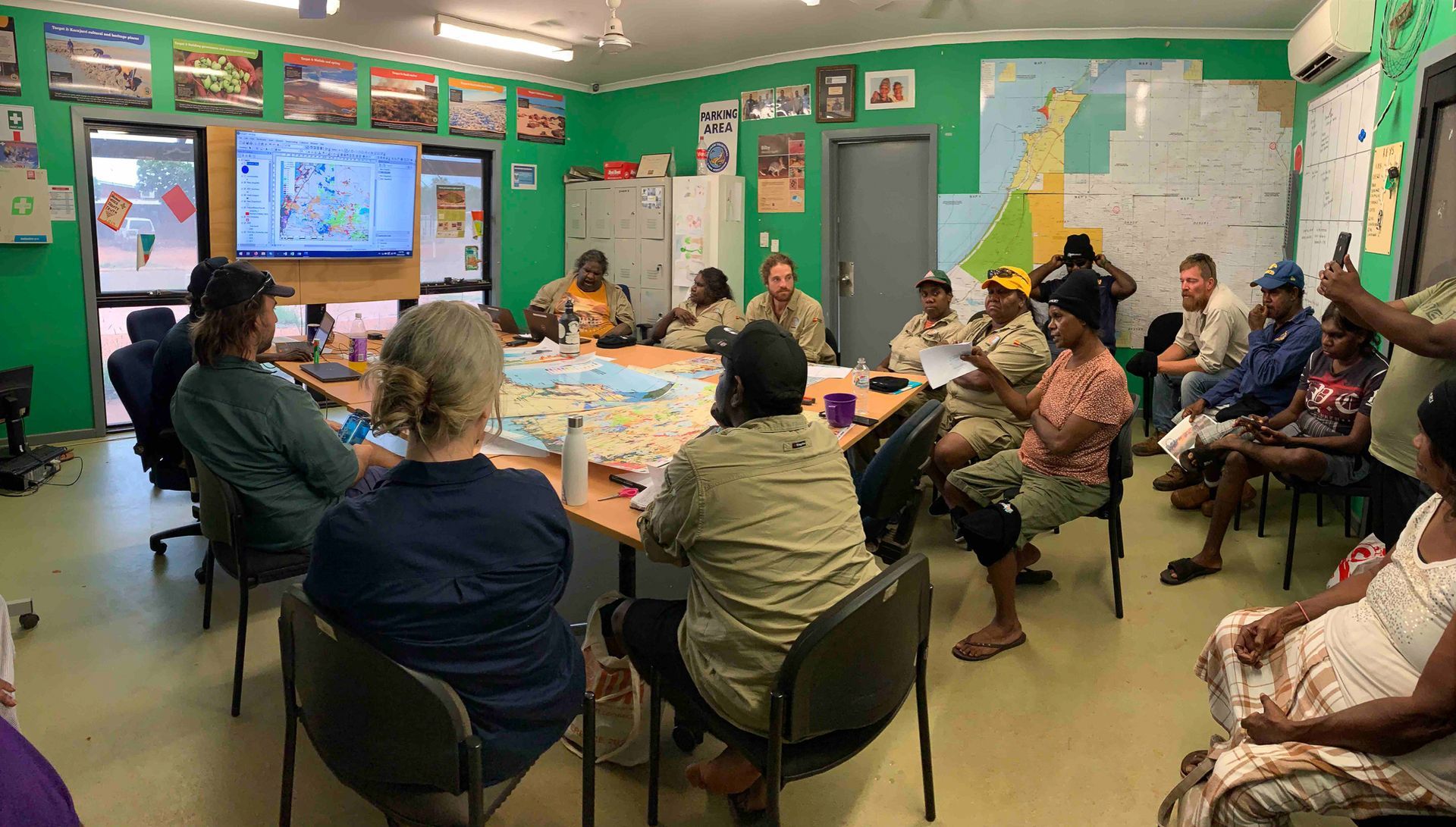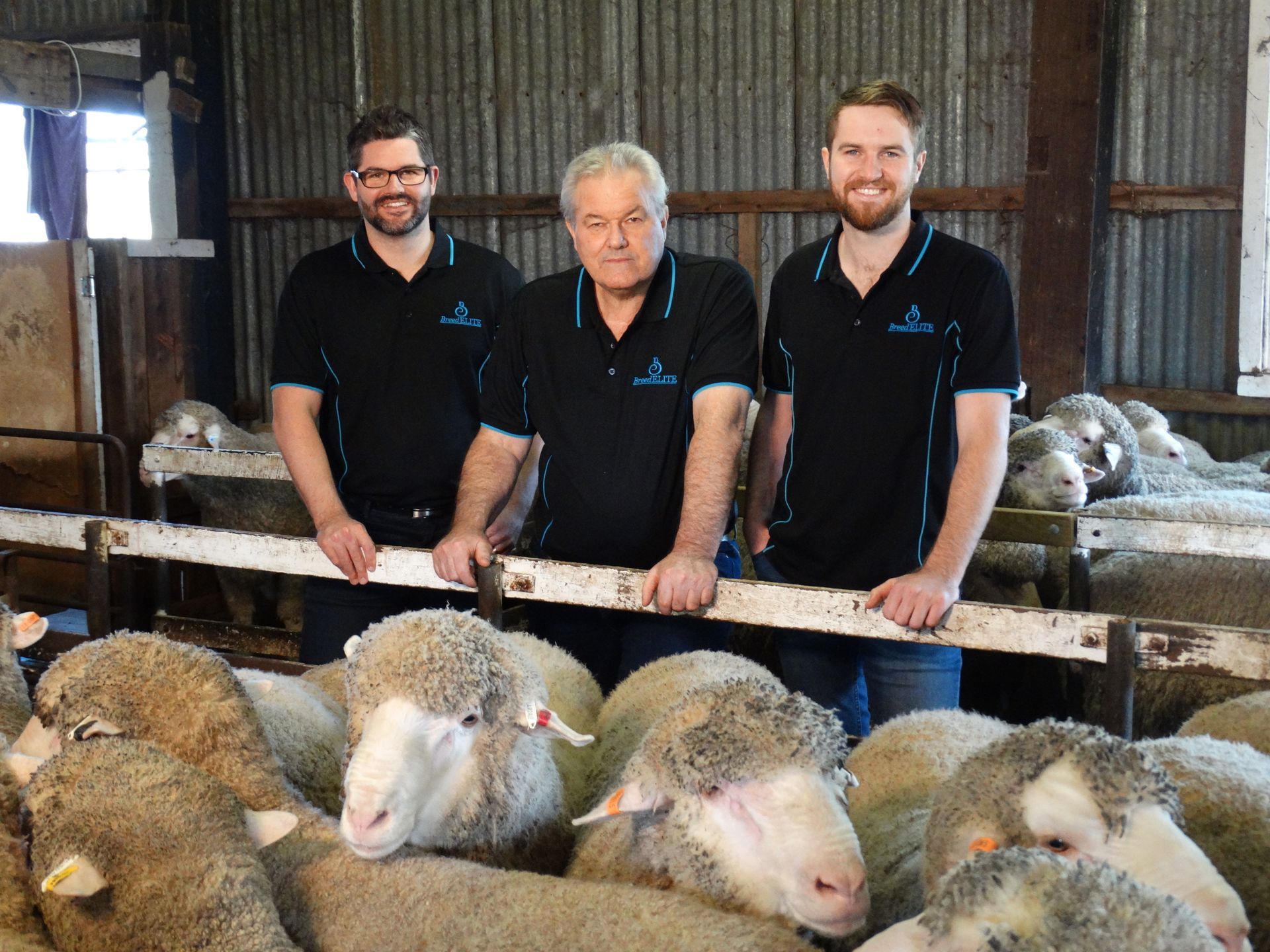How Share Trading Innovations Can Spur Personal and National benefits
Arnie Selvarajah, CEO of Bell Direct examines the evolution of share trading and the advent of internet trading platforms. His depiction of the future embraces both individual and national needs -human and automated intelligence combine to level the growing wealth divide.
Within the financial and investing world, share trading is one of the areas which has seen the biggest transformation this century – both at a domestic and global level.
Not so long ago to trade on the share market, investors needed a full-service stockbroker to enact the purchase or sale on their behalf. And the transaction was usually agreed over a phone call.
Fast forward to the early 2000s and that’s when the first online brokers, or online share trading platforms, started to emerge. The premise was simple: democratise access to the share market for everyone, facilitated by technology. It was the great enabler and completely changed market dynamics.
It was the perfect solution initially for day traders who wanted direct access to the market. It was later taken up by more everyday investors, many of whom liked the combination of access to the market for some trades while using a full-service stockbroker for larger trades. Suddenly, there were a lot more people trading.
From simple platforms to ‘bells and whistles’
The Global Financial Crisis (GFC) in 2007/08 was a pivotal period for the industry. Many investors saw their investment portfolios plummet along with the market and were burnt by the experience, shaking their confidence and ultimately leading many to stop actively trading.
In the decade following the GFC, trading platforms became more complex with more ‘bells and whistles’ added to coax investors off the sidelines and rebuild their confidence in DIY trading. It became an arms race to emulate the full-service broking offer through technology, with extensive trading tools and research incorporated into the online platforms.
As mobile apps started to take hold around 2018, this approach began to fade, and simplicity gradually swung back into favour. Now it’s slick trading platforms with all the ‘smarts’ sitting behind the sleek and simpler client interface.
2020 was another pivotal point for the industry. The sharp decline in markets prompted by the outbreak of COVID-19, followed by the strong subsequent rebound and introduction of record-low interest rates, prompted many dormant and beginner investors to rapidly emerge from the sidelines.
The share markets also drew the attention of gamblers. With sports betting options few and far between during the initial COVID outbreak, the markets offered a new way to exercise gambling desires – and with significant upside as markets outpaced expectations.
As investors scrambled to maximise on volatility in global markets, Google searches for ‘how to buy stocks’ reached two records highs in 2020, the first in March and second in April. Markets were booming and trading platforms witnessed the highest amount of trading activity in years. On Friday the 13th of March 2020 (coincidence perhaps), the ASX traded a record volume of transactions. So much so that it took all weekend for the local bourse to complete the processing of those transactions.
An inflection point – traders versus investors
In 2020, the Australian Securities and Investments Commission (ASIC) took notice of such intense levels of trading activity and was forced to respond – and it is not surprising why. In a market full of new and re-engaged investors, the setting was ideal for new trading platforms to emerge.
The timing, combined with targeted marketing and gamified platforms, have hit the sweet spot for those seeking a return on their hard-earned cash and a distraction during a period of significant uncertainty.
Under a guise of ‘innovation’, new investors have been blindly lured into creating accounts with start-up trading platforms via offers that are, quite frankly, too good to be true – with low or no fee ($0) brokerage and risky quick-win products, like Contracts for Differences (CFDs) and cryptocurrencies, at the forefront.
For sophisticated frequent traders who understand the industry and the risks, there’s no issue with more complex financial instruments. But for the tens of thousands of inexperienced investors new to the market, education and awareness around the product dangers and platform loopholes is crucial-- but sadly missing.
What next for investors
It is clear there is an ever-widening market segmentation between traders and investors, and the various online trading platforms sit in two very different camps. And over halfway into 2021, we are at an inflection point as the market shakes out the storm of 2020.
Traders will continue to seek out low or $0 brokerage, which stems from the gambling mindset of a quick win at a low cost. They’ll tinker with CFDs, be more inclined to enter the world of cryptocurrency, and be more open to risk. Traders generally won’t be too concerned about the ownership structure of the platform or benefit of legal ownership of their investments via the individual Holder Identification Numbers (HINs) and not just beneficial or nominee ownership via some of the new entrant platforms, as they aren’t in it for the long term.
Investors, who have a greater focus on long-term wealth generation, tend to place more importance on the features and value of the platform – such as research, trading ideas and strategy builders – and the stability of the backing entity, rather than the cost. They’ll be drawn to the solid foundations of a considered portfolio, and shy away from highly risky products.
In the background, the ASX is running hard to change the game around infrastructure for stock exchanges globally. They have commenced a project to apply blockchain technology to the exchange, the first in the world, which will revolutionise the back-end operations of share trading and perhaps even do away with the current two-day settlement period. This will bring increased liquidity to the market and hopefully better pricing for the average investor.
At the client level, segmentation will continue to evolve – and online trading platforms will continue to hone their offering to suit their target market segment, forming an ‘innovation asymmetry’. There will be good innovation which benefits the consumer, and bad innovation which benefits the company. For investors, make sure you clearly know which side of innovation you are part of.
The innovation imperative
Stretching far beyond just a conversation around the future direction of online trading platforms, there is an urgent need for innovation across the entire wealth sector - and it is of national necessity.
Since the Royal Commission into the Financial Services sector, there has been a mass exodus of financial advisers from the industry. At the end of 2018, adviser numbers peaked at nearly 30,000. The most recent ASIC data shows numbers are now closer to 20,000. Ultimately, fewer advisers equal an increasing cost of advice, which is already out of reach for many Australians. Resulting ultimately in a widening of the wealth gap.
This problem was explored again in recent research by the Financial Services Council, which showed the burgeoning retirement savings gap in Australia. While increasing the Superannuation Guarantee from 9.5% to 12.5% by 2025 is a crucial step in closing this gap, many Australians will still likely face a savings gap during retirement in the future.
It is clear many retirees will need to be self-funded (to at least some degree), with access to investments outside of superannuation to fulfil their desired retirement lifestyle.
Against a backdrop of increased life expectancy, insufficient retirement savings and advice affordability, the need for innovation to meet this funding challenge is imperative. And this innovation is self-directed advice.
Backed by artificial intelligence and data, there is a need for tools where investors can self-diagnose and action investment ‘advice’ based on their age, income and personal preferences, cross referenced against the broader market. Think Amazon for trading – wisdom of the crowd matched with an element of personalisation to deliver the desired outcome, without the need for cumbersome requirement for entering personal information.
At the back end, the solution will offer well-crafted investment portfolios developed by professionals, aligned to the risk profile of the individual.
At the front end, investors will be ‘coached’ through financial decisions, not unlike the Nike Run Club app which guides people to achieve their running goal in a simple, engaging, accessible and palatable way. The approach makes tackling large goals, like completing a marathon or planning for retirement, feel achievable.
In every sector, innovation is important – but as we face an impending retirement funding crisis, innovation across the entire wealth sector, including online trading platforms, is vital.
Arnie Selvarajah has been Chief Executive Officer of Bell Direct since 2008. He has more than 30 years’ experience in the financial services and fast-moving consumer goods industries, where he has held senior positions in finance, sales, strategy and general management.
This article is taken from the recently published digital book
Australia's Nobel Laureates Vol III State of our Innovation Nation: 2021 and Beyond











